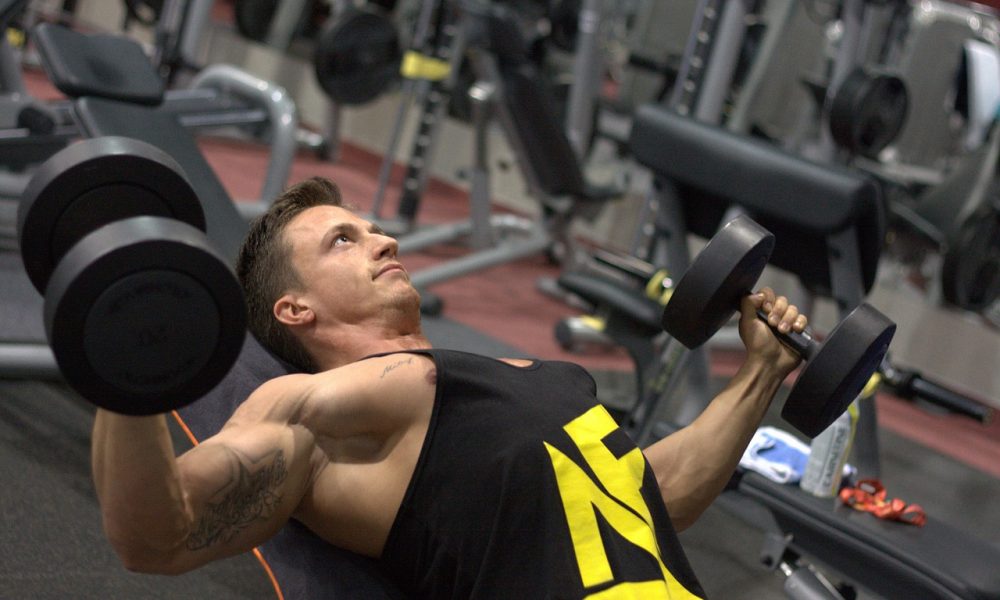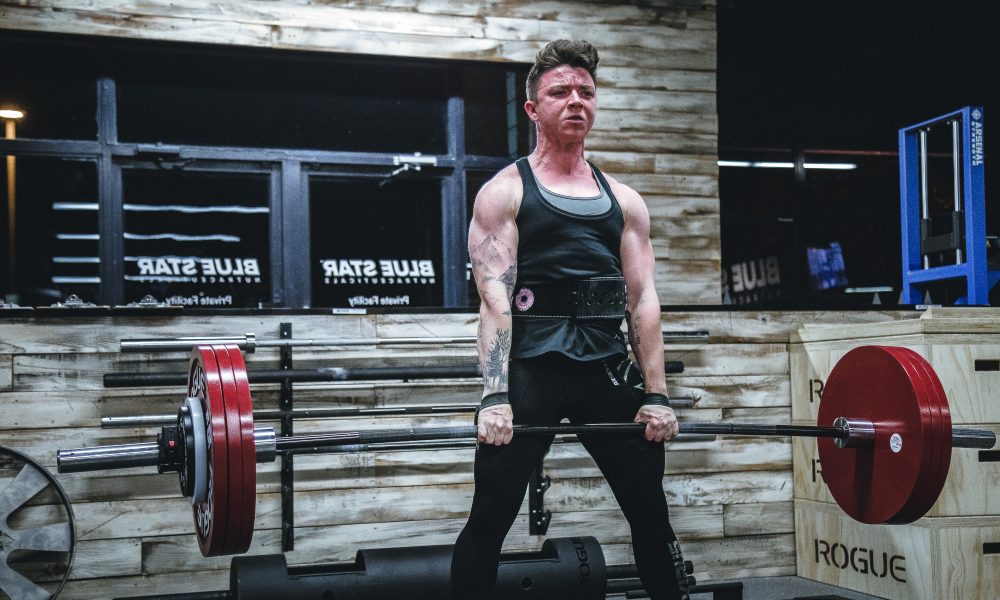
Blind Volume Training – The Training Technique You Need
Blind volume training is a progressions system that autoregulates the training stress while allowing lifters to progress smoother, focus on lifting technique, and not get obsessive about training numbers.






